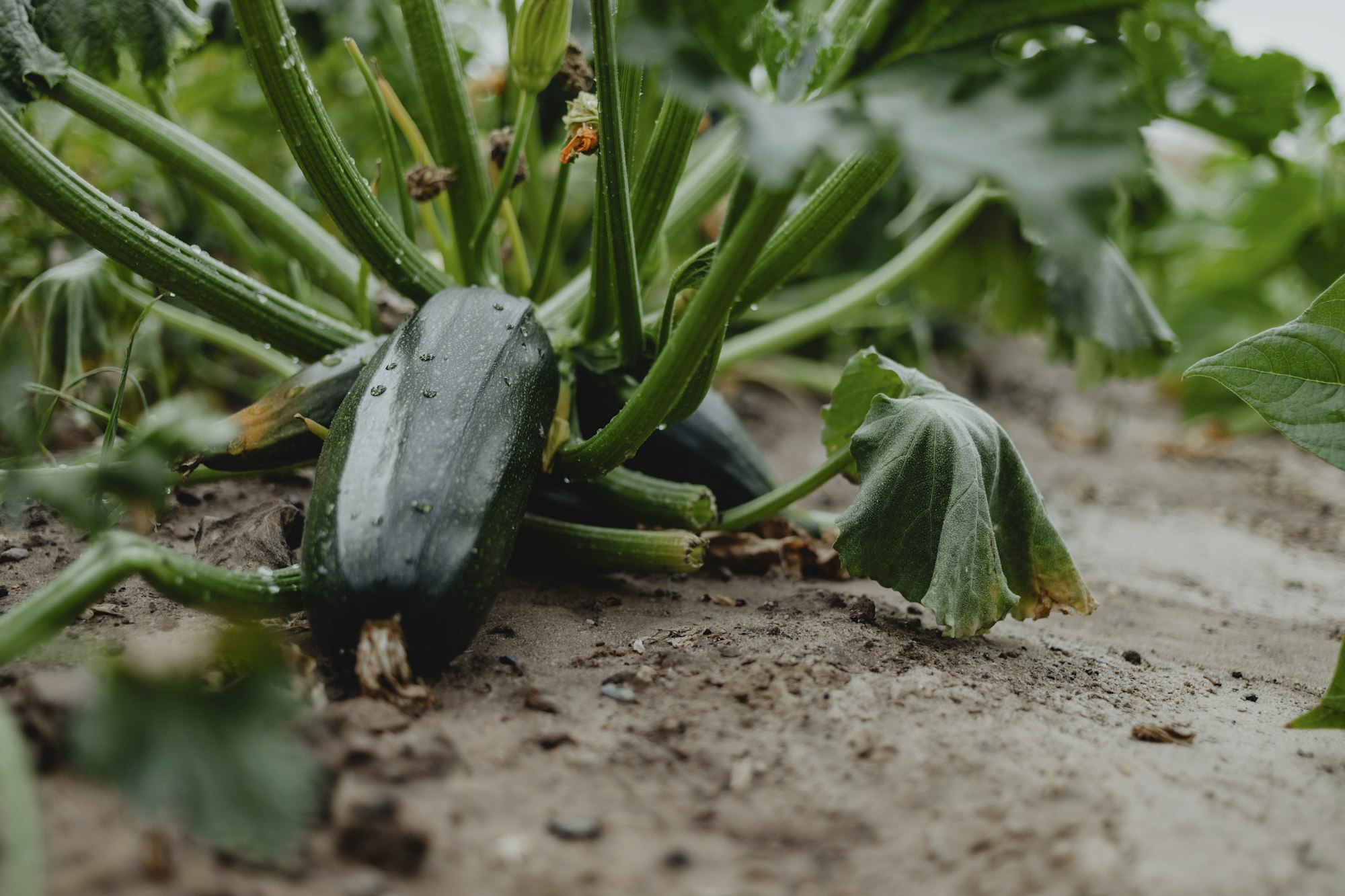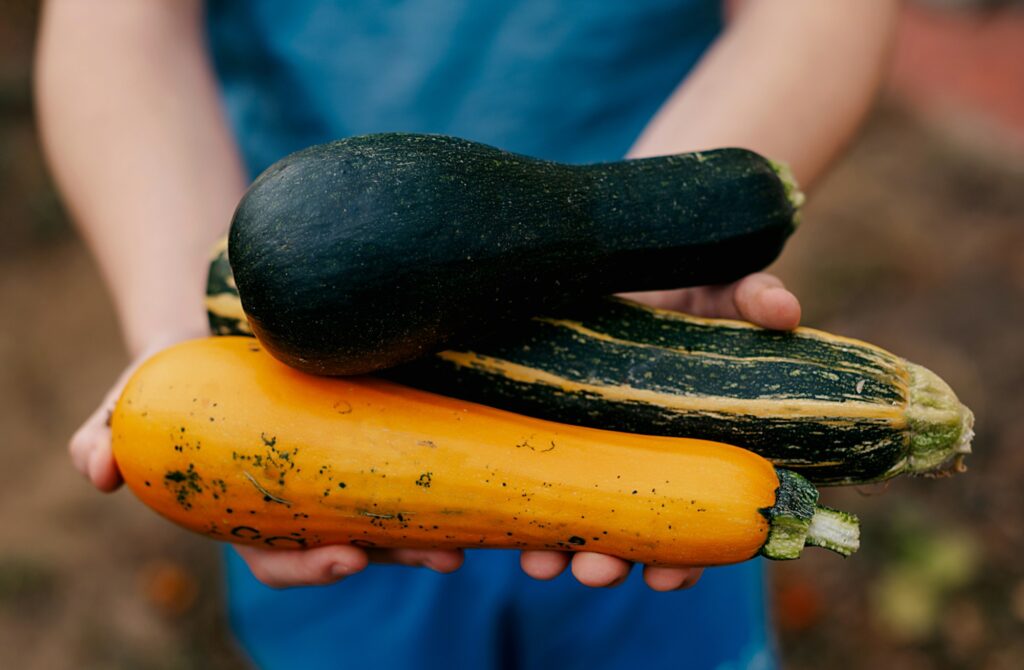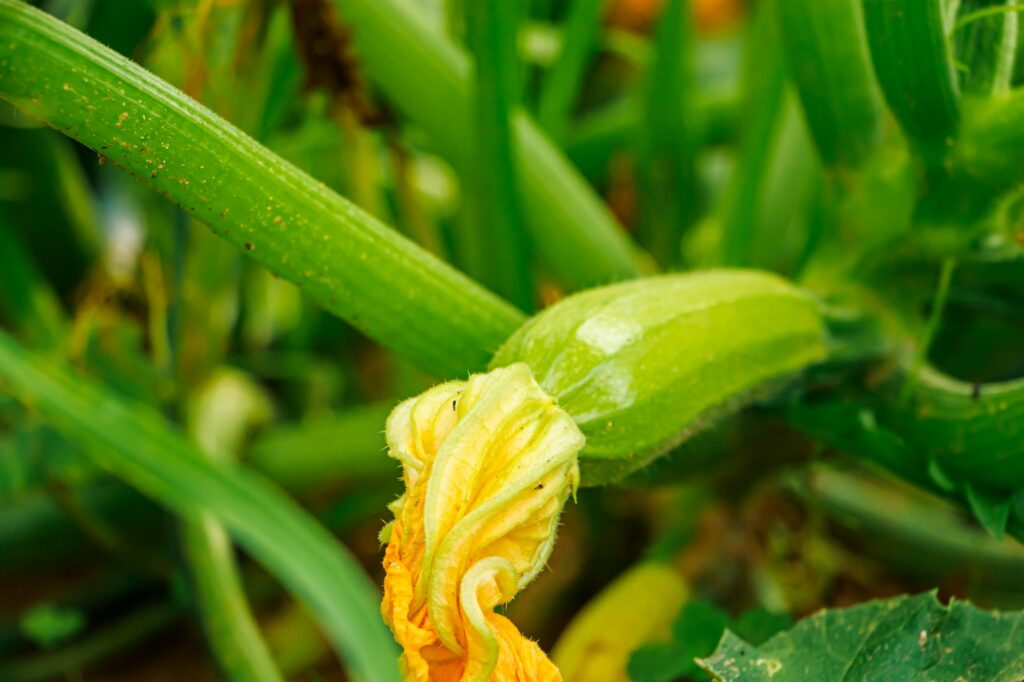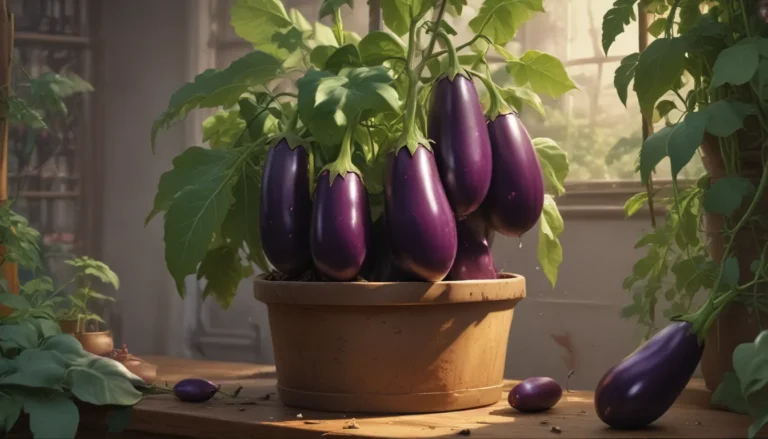Simple Solutions to Protect Zucchini Plants from Frost

If you’re a passionate gardener, you know that few things are more disappointing than seeing your carefully tended zucchini plants fall victim to an unexpected frost. Zucchini, like many other summer squash varieties, is a warm-season crop that thrives in sunny, warm conditions. However, even in the midst of summer, cold snaps and overnight frosts can sometimes catch gardeners off guard, potentially damaging or even killing vulnerable zucchini plants.
Fortunately, there are several simple and effective solutions you can use to protect your zucchini plants from frost damage. In this guide, we’ll explore a range of strategies for safeguarding your zucchini crop, from basic measures like proper plant placement and mulching to more advanced techniques like using row covers and creating DIY mini-greenhouses. By implementing these frost protection methods, you can help ensure a bountiful harvest of delicious, healthy zucchini all season long.
Understanding Frost and Its Impact on Zucchini Plants

Before we dive into specific frost protection techniques, it’s helpful to have a basic understanding of what frost is and how it can affect your zucchini plants. Frost occurs when the temperature of the air drops below the freezing point of water (32°F or 0°C), causing water vapor in the air to freeze and form ice crystals on surfaces like plant leaves and stems.
Two main types of frost can impact your zucchini plants:
- Light frost: Also known as hoarfrost, this type of frost occurs when temperatures dip just below freezing for a short period, usually a few hours overnight. Light frost can cause minor damage to zucchini leaves and stems, but the plants may recover if the frost is not too severe or prolonged.
- Hard frost: This more severe type of frost happens when temperatures drop well below freezing for an extended period, often several hours or even days. Hard frosts can completely kill zucchini plants, as the freezing temperatures damage the plant cells beyond repair.
Zucchini plants are particularly susceptible to frost damage because they are tender, warm-season crops with high water content in their leaves and stems. When the water inside the plant cells freezes, it expands and ruptures the cell walls, leading to tissue damage and potentially plant death.
Choosing the Right Planting Location
One of the most fundamental ways to protect your zucchini plants from frost is to choose the right planting location. When selecting a spot for your zucchini, consider the following factors:
- Sun exposure: Zucchini plants need full sun to thrive, so choose a location that receives at least 6-8 hours of direct sunlight per day. Planting in a sunny spot will help the soil warm up faster in the spring and stay warmer throughout the growing season, reducing the risk of frost damage.
- Microclimate: Pay attention to the microclimate in your garden, as certain areas may be more prone to frost than others. Low-lying areas, for example, are often colder than higher ground because cold air sinks. Similarly, areas near walls or fences may be slightly warmer due to the heat-retaining properties of the structures.
- Wind protection: Planting your zucchini in a spot sheltered from strong winds can help protect them from cold air and potential frost damage. Consider planting near a wall, fence, or hedge that can act as a windbreak.
Using Mulch to Protect Zucchini Plants
Mulching is another simple and effective way to protect your zucchini plants from frost. Mulch is any material, organic or inorganic, that is spread over the soil surface around the base of the plant. Some common mulch materials include:
- Straw or hay
- Shredded leaves
- Grass clippings
- Compost
- Wood chips or bark
Mulch helps insulate the soil, regulating temperature fluctuations and protecting the roots of your zucchini plants from cold. It also helps retain soil moisture, which is essential for healthy plant growth. When applying mulch around your zucchini plants, follow these tips:
- Wait until the soil has warmed up in the spring before mulching, as mulching too early can slow down soil warming and delay plant growth.
- Apply a layer of mulch 2-4 inches deep around the base of each plant, being careful not to pile the mulch directly against the plant stem, as this can lead to rot.
- Replenish the mulch layer as needed throughout the growing season to maintain adequate coverage and insulation.
Protecting Zucchini with Row Covers

Row covers are lightweight, semi-transparent fabrics that are placed over plants to create a protective microclimate. They help shield plants from cold temperatures, frost, wind, and even pests. There are two main types of row covers:
- Floating row covers: These lightweight, permeable fabrics are placed directly over the plants and are held in place by the plants themselves as they grow. Floating row covers allow air, water, and sunlight to pass through while providing several degrees of frost protection.
- Supported row covers: These slightly heavier fabrics are draped over hoops or frames to create a tunnel-like structure over the plants. Supported row covers offer more robust frost protection and can be easily lifted for ventilation or harvesting.
To use row covers effectively for your zucchini plants, keep the following points in mind:
- Install row covers before the first expected frost date in your area, or when cold temperatures are forecasted.
- Ensure that the row covers are securely anchored to the ground using stakes, weights, or soil to prevent them from blowing away in the wind.
- Remove the row covers during the day if temperatures beneath them become too warm, as excessive heat can stress the plants.
- Monitor your zucchini plants regularly for signs of disease or pest problems, as the humid environment under row covers can sometimes promote these issues.
Creating DIY Mini-Greenhouses for Zucchini

For an even higher level of frost protection, you can create DIY mini-greenhouses around your individual zucchini plants. These structures help trap heat and maintain a warmer, more stable environment for your plants. Here are a few simple methods for making mini-greenhouses:
- Cloche: A cloche is a small, portable, bell-shaped cover that is placed over individual plants. You can purchase ready-made glass or plastic cloches, or create your own using plastic milk jugs or large plastic bottles with the bottoms removed.
- Wall O’ Water: These teepee-like structures are made from connected tubes of water that surround the plant. The water absorbs heat during the day and releases it slowly at night, providing insulation and frost protection.
- Tomato cage and plastic: Create a simple mini-greenhouse by placing a tomato cage around your zucchini plant and covering it with a layer of clear plastic. Be sure to remove the plastic during the day to prevent overheating, and provide ventilation by opening the top of the plastic cover.
When using mini-greenhouses, monitor your zucchini plants closely to ensure they are not overheating or experiencing excessive humidity, as these conditions can lead to plant stress and disease.
Additional Tips for Protecting Zucchini from Frost
In addition to the methods described above, there are a few more tips to keep in mind when protecting your zucchini plants from frost:
- Keep an eye on the weather forecast: Stay informed about upcoming cold fronts or frost warnings in your area, so you can take proactive steps to protect your plants.
- Water your plants before a frost: Well-hydrated plants are better able to withstand cold temperatures. Water your zucchini deeply a day or two before an expected frost to help them cope with the cold stress.
- Avoid planting zucchini too early: Resist the temptation to plant your zucchini too early in the spring, as this increases the risk of frost damage. Wait until the danger of frost has passed and the soil has warmed up to at least 60°F (15°C) before transplanting zucchini outdoors.
- Harden off seedlings: If you’re starting your zucchini from seed indoors, be sure to harden off the seedlings before transplanting them into the garden. Gradually expose them to outdoor conditions over a period of 7-10 days to help them acclimate and reduce transplant shock.
Conclusion
Protecting your zucchini plants from frost is essential for ensuring a successful and bountiful harvest. By implementing simple solutions like proper plant placement, mulching, using row covers, and creating DIY mini-greenhouses, you can help your zucchini plants withstand cold temperatures and thrive throughout the growing season.
Remember to stay vigilant and proactive in your frost protection efforts, as even a single frosty night can significantly impact your zucchini crop. With a little extra care and attention, you can enjoy a plentiful supply of delicious, homegrown zucchini all season long.





